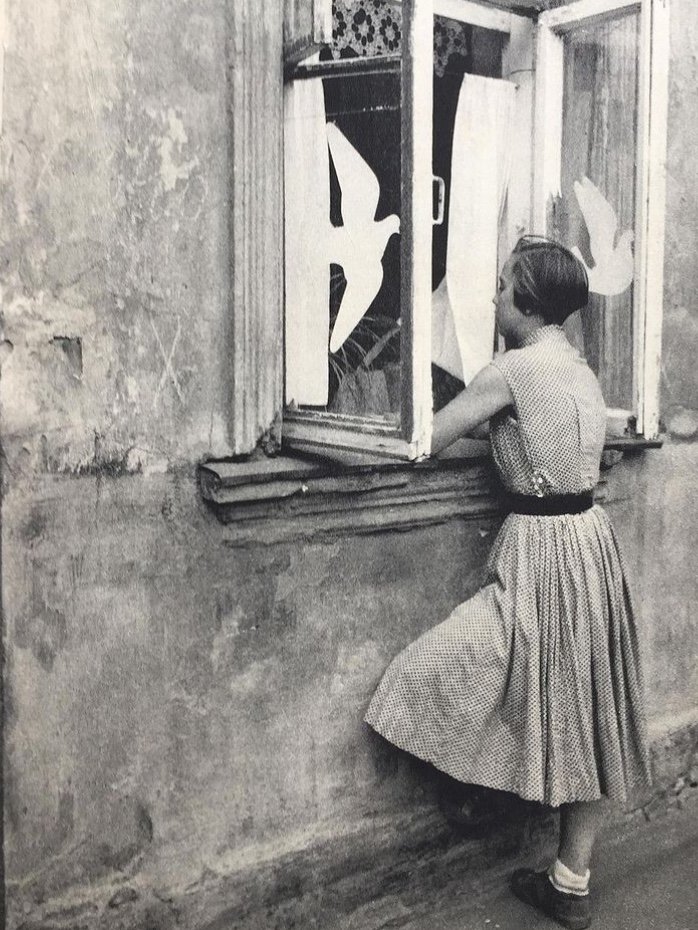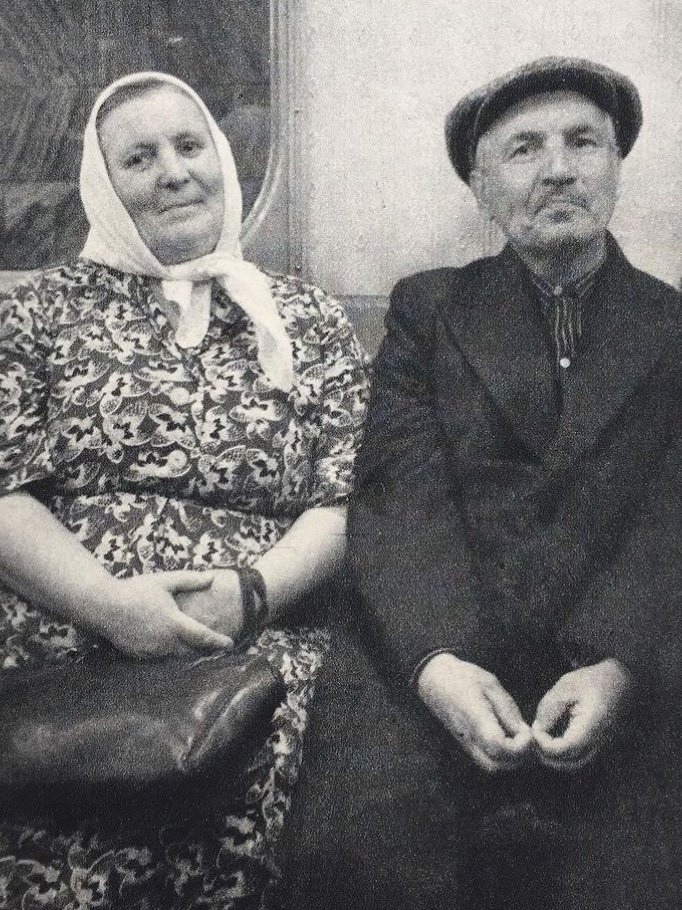Facial Expressions of the Soviet People By Hiroshi Yagishita
This project differs from the majority of Yagishita’s photographic work, which consisted of documenting arboreal features for the Japanese Forestry Agency and, in his role as a whaling inspector, taking photographs of whales and the practices of whalers hunting them.
Yagishita travelled to Moscow in 1957 as part of the Japanese delegation for the sixth World Youth Festival ‘For Peace and Friendship’. One of the defining moments in the Khrushchev Thaw, a period following Stalin’s death in which Soviet foreign policy changed drastically, over 30,000 people from all over the world visited a country that had been effectively closed to foreigners since the end of World War II.
A huge amount of effort was put into the preparation for the event. To name one strange example, in the year leading up to it the inhabitants of Moscow were encouraged to breed and train white doves so that 40,000 could be released into the air at the festival’s opening ceremony.
The event was intended as a highly formalised meeting of the socialist system with those from countries structurally opposed to it. A large part of why the festival was held was probably for reasons of propaganda; this book in its focus on informal interactions between strangers makes clear that effects were felt beyond the anticipated reach of political control, spontaneous human contact disrupting projected ideological narratives.
Very rare, softcover with photographic jacket and obi band. Text in Japanese and musical score for songs of the festival at back of book. 1957.
This project differs from the majority of Yagishita’s photographic work, which consisted of documenting arboreal features for the Japanese Forestry Agency and, in his role as a whaling inspector, taking photographs of whales and the practices of whalers hunting them.
Yagishita travelled to Moscow in 1957 as part of the Japanese delegation for the sixth World Youth Festival ‘For Peace and Friendship’. One of the defining moments in the Khrushchev Thaw, a period following Stalin’s death in which Soviet foreign policy changed drastically, over 30,000 people from all over the world visited a country that had been effectively closed to foreigners since the end of World War II.
A huge amount of effort was put into the preparation for the event. To name one strange example, in the year leading up to it the inhabitants of Moscow were encouraged to breed and train white doves so that 40,000 could be released into the air at the festival’s opening ceremony.
The event was intended as a highly formalised meeting of the socialist system with those from countries structurally opposed to it. A large part of why the festival was held was probably for reasons of propaganda; this book in its focus on informal interactions between strangers makes clear that effects were felt beyond the anticipated reach of political control, spontaneous human contact disrupting projected ideological narratives.
Very rare, softcover with photographic jacket and obi band. Text in Japanese and musical score for songs of the festival at back of book. 1957.
This project differs from the majority of Yagishita’s photographic work, which consisted of documenting arboreal features for the Japanese Forestry Agency and, in his role as a whaling inspector, taking photographs of whales and the practices of whalers hunting them.
Yagishita travelled to Moscow in 1957 as part of the Japanese delegation for the sixth World Youth Festival ‘For Peace and Friendship’. One of the defining moments in the Khrushchev Thaw, a period following Stalin’s death in which Soviet foreign policy changed drastically, over 30,000 people from all over the world visited a country that had been effectively closed to foreigners since the end of World War II.
A huge amount of effort was put into the preparation for the event. To name one strange example, in the year leading up to it the inhabitants of Moscow were encouraged to breed and train white doves so that 40,000 could be released into the air at the festival’s opening ceremony.
The event was intended as a highly formalised meeting of the socialist system with those from countries structurally opposed to it. A large part of why the festival was held was probably for reasons of propaganda; this book in its focus on informal interactions between strangers makes clear that effects were felt beyond the anticipated reach of political control, spontaneous human contact disrupting projected ideological narratives.
Very rare, softcover with photographic jacket and obi band. Text in Japanese and musical score for songs of the festival at back of book. 1957.











